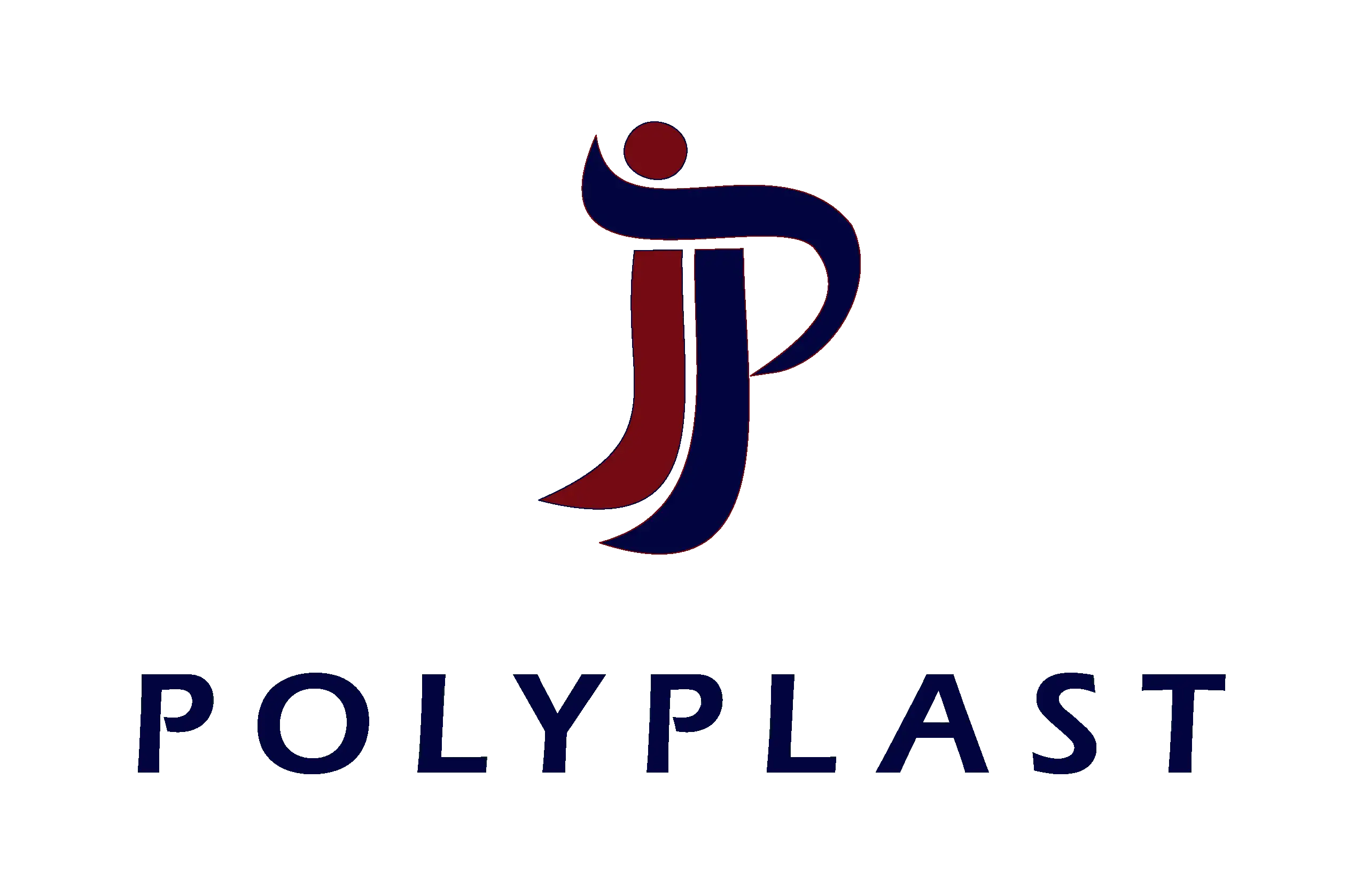
In this blog, we will explore what sober living houses are, examine their efficacy, delve into best practices, and discuss the licensing landscape across different states. Sober living houses are usually peer-run facilities encouraging continued substance use disorder recovery. Occasionally they are run by a charity or an addiction treatment center as a less structured and more informal version of the inpatient treatment plans they offer.
What Is Sober Living?

For example, you may be introduced to techniques like journaling or meditation to improve your spiritual health. Halfway houses date back to the 1830s when they housed children and adults that had committed crimes or had been released from prison. These facilities still exist today and are used primarily https://ecosoberhouse.com/ for those who have been incarcerated or are unhoused. Halfway houses are often designed specifically for those that received treatment for addiction to drugs or alcohol while in prison. Halfway houses can be government funded or run by private organizations that receive government grants.
- Halfway houses can be government funded or run by private organizations that receive government grants.
- During this conversation, you may learn about opportunities for transitional living.
- These facilities are generally more pleasant and less crowded than halfway houses.
How Long Do You Stay In A Sober Living House

But perhaps the best reason to choose Ascension House is its track record of success. If you’re struggling with addiction, we believe that sober house can help you turn your life around. Contact us today to learn more about our program and how we can help you achieve sobriety.
- Also note that in some states (e.g., Texas), halfway houses only serve parolees.13 So it may be helpful to note how your state defines the term before you consider a halfway house as a recovery option.
- She believes, in her role as an advocate for people with mental illness, that for too long sober homes have operated with no regulation, a dangerous situation for members of a vulnerable population.
- All St. Paul Spirit House residences allow suboxone for treatment of opioid use disorder (OUD).
- If you or a loved one are pursuing addiction recovery, sober living housing could be the next step on your journey.
- Sunnyside uses a psychology-based approach to help you drink more mindfully, no matter what your goal is.
- Some homes may also have study areas or partnerships with local colleges that provide counseling and academic support.
What Rules Apply in a Sober Living House?

But many sober homes require residents to attend support group meetings or participate in 12-step programs or outpatient treatment, which may be an additional cost for residents to consider. The goal of sober living homes is to monitor and improve health, safety and wellness using peer support. The goal of many halfway houses is to reduce recidivism among felons using supervision.
Common Sober Living House Rules and Regulations
However, you might be wondering what happens now that the detox is over, you’ve completed your stay at an addiction treatment center, and it is time to go home. A Level II recovery residence assigns a house manager or senior resident to oversee the workings of the house and has at least one paid staff member. Level II includes the services of a Level I home as well as peer-run group and self-help and/or treatment. A monitored residence can be in a single-family home or an apartment. Halfway houses fall under the umbrella term “sober living home,” as both terms refer to residences where people in recovery stay before going back to living on their own, says Dr. Kennedy.

Is It Best for a Woman to Seek Women’s Sober Living?
In some cases, your health insurance can help cover the cost of your stay in a sober living home as a necessary addiction recovery service. Financial assistance programs, including grants, scholarships, and public funding, are also available for people recovering from addiction. Sober living houses play a crucial role in supporting individuals as they navigate the complexities of recovery. Offering a bridge between structured treatment environments and independent living, these residences provide the stability and community support necessary for sustained sobriety. The cost of staying in a sober living home can vary significantly depending on various factors, including location, amenities, and the level of support. Typically, residents of sober living homes must pay rent from a few hundred to a few thousand dollars per month.
Although relapse is a common part of the recovery process, it threatens the recovery of all residents. Thus, individuals who relapse are usually removed from the sober living home as soon as possible. Many sober living homes refer the resident to a drug addiction rehab center or offer another form of treatment. what is a sober house People in recovery receive peer support and accountability in a level-one sober living home. Residents may choose to engage in community support groups, counseling, and anything else to help them stay sober. They also tend to be affiliated with addiction treatment centers that provide outpatient programs.
The facilities are usually pleasant and can include private rooms and bathrooms. In particular, sober living and halfway houses can help somebody maintain recovery by providing a safe, sober environment. Learn more about recovery housing, such as sober living homes, and how it can benefit you on your journey to recovery.
They offer a higher level of focus on social support, giving you someone to talk to and help you. They also provide the same types of services most sober homes do, such as helping you to make it to 12-step meetings and teaching you life skills. A sober living house is a transitional residence that offers support, encouragement, and resources to assist you in navigating the challenges you may face in the initial phases of addiction recovery. At a sober living house, rules and safeguards can help build a foundation for sustained long-term abstinence and improved quality of life. The risk of relapse when someone leaves addiction treatment is particularly concerning. One study into people being treated for heroin addiction showed a considerable risk of death from overdose in the month following treatment.
